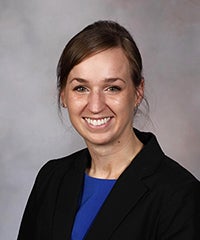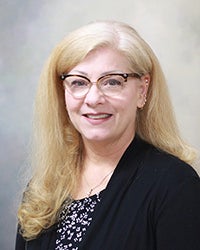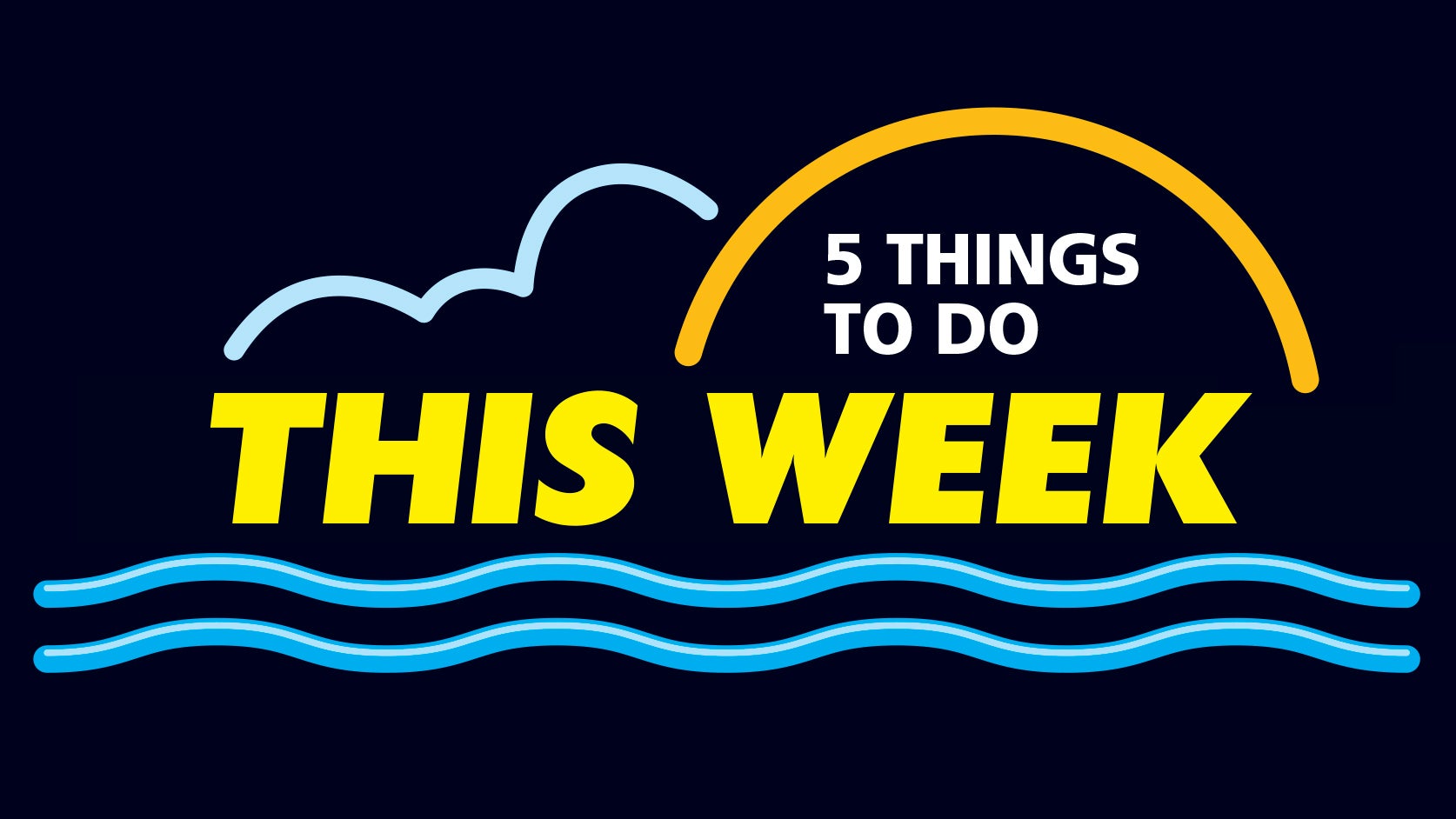Mayo Clinic in Albert Lea using new equipment to test hearing loss in infants
Published 9:00 pm Friday, July 1, 2022
|
Getting your Trinity Audio player ready...
|
Mayo Clinic Health System in Albert Lea recently received new electrophysiologic equipment, called an Eclipse. The clinic got the equipment in April with the help of the Naeve Health Care Foundation.
“This is a piece that allows us to test hearing in infants and children,” said Jill Gruenwald, audiology clinical manager at Mayo Clinic.
The decision was made after the Joint Committee on Infant Hearing recommended all infants have a hearing screening at no later than 1 month. Before getting the equipment, the earliest Gruenwald could see patients was when they were 2 or 3.
She said newborn hearing screening was universal and wanted them for all babies.
“If you do not pass your hearing screening, … you should have a comprehensive hearing test by 3 months of age, and if we can confirm permanent hearing loss at that comprehensive hearing test, they recommend intervention for the hearing loss no later than 6 months of age,” Gruenwald said.
According to Gruenwald, this course of action was referred to as the 1-3-6 plan.
“We’re hoping this is going to lead to earlier diagnosis of hearing loss in kiddos in Albert Lea,” Gruenwald said.
And because babies cannot do a traditional hearing test, doctors can now put sticker electrodes on a baby’s face and behind their ear, with an earbud going in the ear that plays sounds.
“Those stickers let us pick up the nerve’s response to the sound we’re playing,” she said. “Since we can pick up the nerve’s response, we can kind of estimate what the hearing might be like.”
Dana McCray is the staff audiologist at Mayo Healthcare System in Albert Lea.
“It is a way to measure hearing sensitivity without the traditional booth testing where you push the button and hear a beep,” she said. “There are electrodes placed on the skin, on the forehead, behind the ears, and there are some insert earphones, little squishy earphones, that are placed in the ear canal.”
Different kinds of stimuli, whether clicks, tones or chirps, are sent to the earphones.
“The auditory system produces basically five brain waves that we are measuring via those electrodes, and we look for those five specific waves to fall in a particular time frame,” she said.
And the Eclipse will allow McCray to measure those wave forms and determine hearing status at differing hearing frequencies. And if any waves are missing or reduced, hearing loss can be suspected.
She said in her experience, 50 to 60% of children who are re-screened turn out to be fine.
“The reason a baby fails, most often, is that there’s fluid in the ear canal, it’s called vernix,” she said. “It’s part of the birth fluid, and it just gets in the baby’s ears and although the nurses and staff try to clear the ear canals for testing, sometimes it just takes a little extra effort,” she said. “If there’s vernix in the ear canal we might get a failing result.”
McCray also uses it to measure hearing in infants and small children. The test is called an auditory brainstem response, which helps predict what a traditional audiogram would look like.
“We use that as a predictor for potential hearing aid fitting or other medical purposes,” she said.
And that would be when the Eclipse equipment would be used, usually when a baby sleeps.
“I have a recliner in my office that mom will sit in, or dad, holding the infant,” she said. “We want to try to get as much of the results done with natural sleep as possible.”
And if the baby is fussy, McCray will perform a sedated ABR test, where the child is put under mild anesthesia.
If results are normal, parents and a pediatrician are notified. But if hearing loss is detected, they’ll be checked out by an ears, nose and throat doctor who may or may not order additional tests.
“We want to make sure that they’re medically cleared before we put hearing aids, or any other necessary treatment … on a child who has hearing loss,” she said.
The Eclipse machine is used during comprehensive testing, and if permanent hearing loss is confirmed, intervention would begin when a child is six months old at latest.
Gruenwald also stressed the importance of early intervention for children who have hearing loss, and said the earlier the intervention the better their outcomes for speech learning, language learning and hearing family and friends.
Gruenwald said a baby’s first hearing test typically happens before the child is even discharged. And those babies that do not pass are referred to specialists, who themselves will attempt the same screening. And if they do not pass, they will use the Eclipse.
“We try to bring a baby in at a time of day when they are sleepier because we like babies to be sleeping through the test or as quiet as possible,” she said. “… The parent or caregiver will hold the baby in a reclining armchair.”
Stickers will then be placed on the baby’s face and neck, and an earphone making clicking sounds will go into the ear.
Testing time depends on the baby’s mood, and Gruenwald said if a baby comes in already tired the test can be done in 20 to 30 minutes.
“But if the baby is fussy or crying or moving, we schedule the appointment in a two-hour slot just so there’s plenty of time to let babies settle if they’re upset,” she said. “Sometimes they’re wiggly and playful, and sometimes we just have to wear them down a little until they’re a little more calm.”
Gruenwald said by getting this new equipment, previous patients (usually younger) who were funneled to Austin or Mankato can stay closer to home.
“We are investing heavily in [ears, nose and throat] and audiology in Albert Lea so that that community does not have to travel so far to get the care that they need,” Gruenwald said.
McCray had similar sentiments.
“As an audiologist and as a doctor I’m just really grateful to have the equipment,” McCray said. “It really does provide a lot of clinical opportunity to just expand service and do a lot of different things audiologically for the community whether you’re an infant or adult.
According to McCray, two out of every 1,000 children in America show some type of measurable hearing loss.







